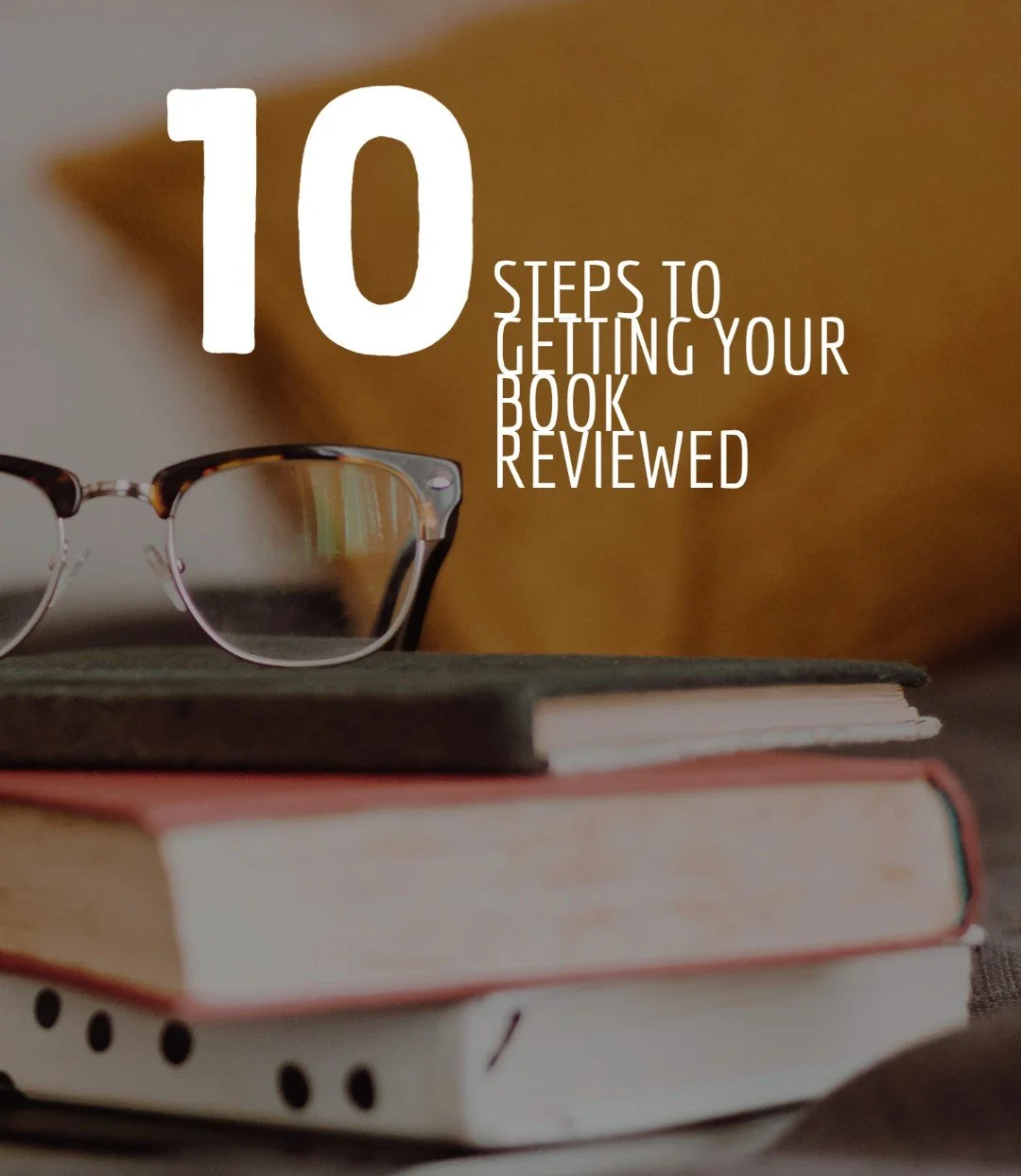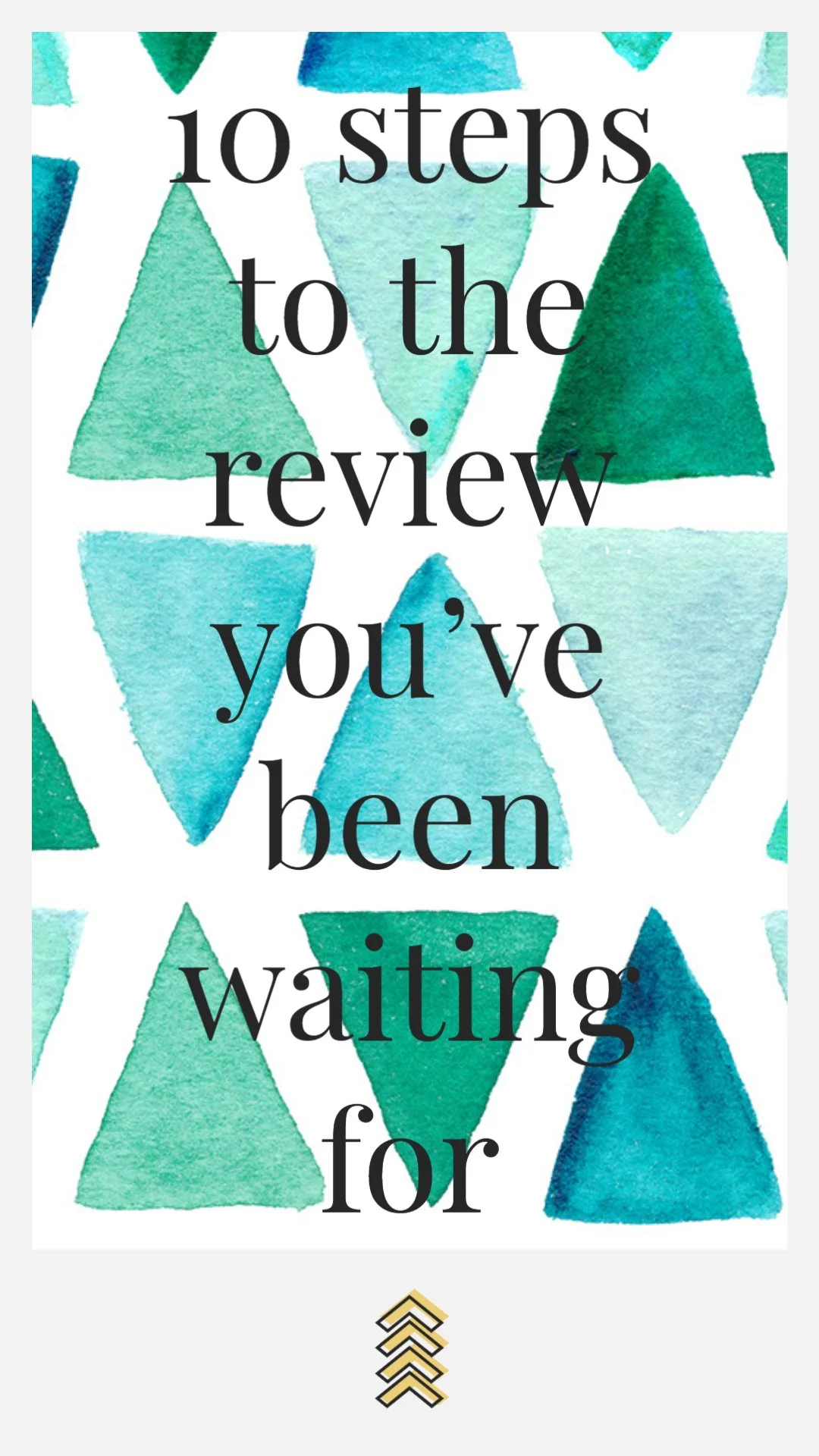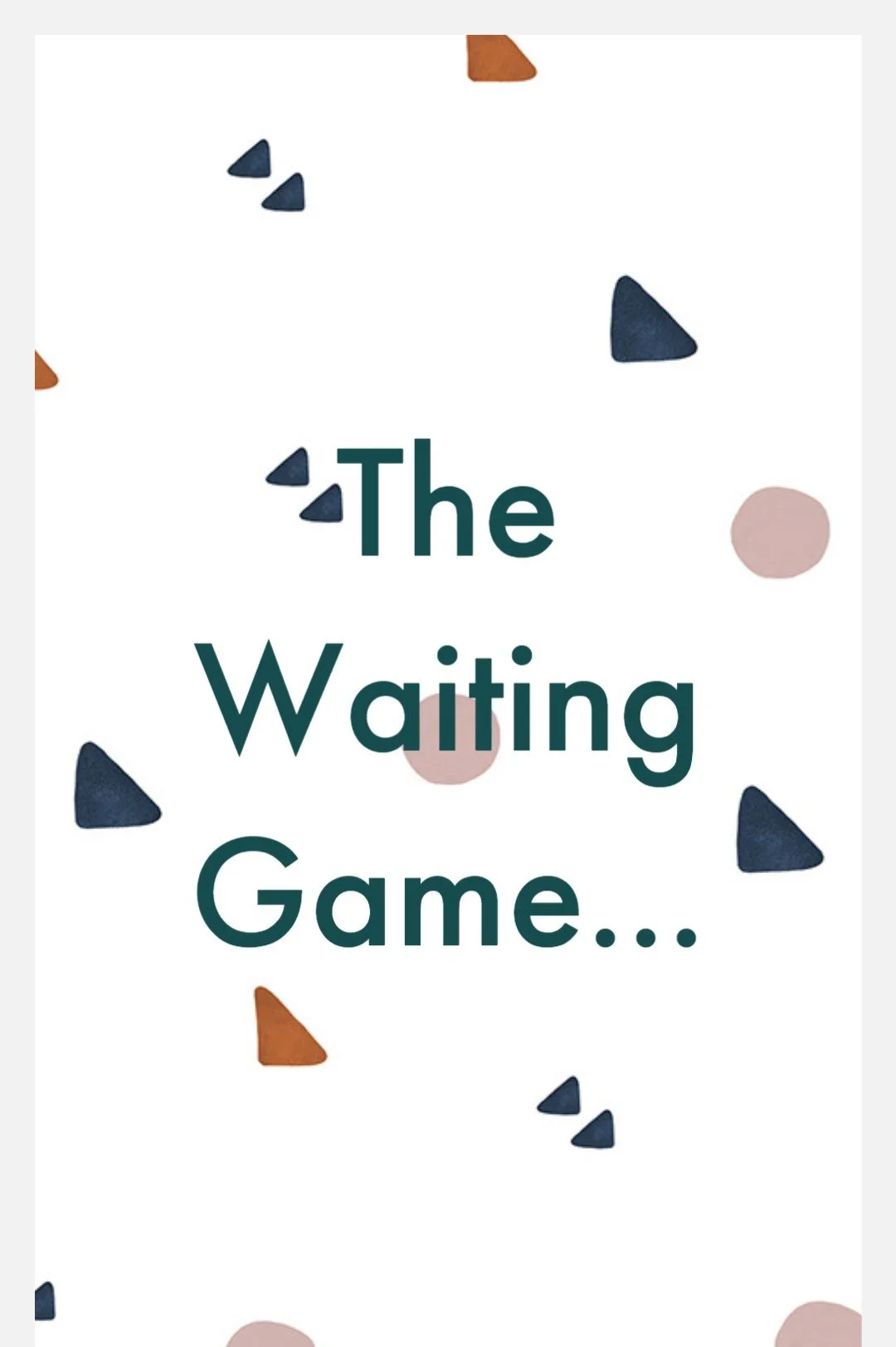How to Find & Hook a Reviewer in 10 Steps
I have been reviewing for about 3 years and in that time have read and reviewed 150 books! I have had the privilege to envelope myself in many powerful, creative, and interesting stories along the way. I have also made some personal connections and professional friends. But the biggest thing I have learned from reviewing all these books is what not to do with your reviewers. Most reviewers (like me) do not get paid to review books. We do it in our free time and at our own expense - for the love of reading, to help other authors, or to practice the craft of writing. And there are so MANY books, authors and requests!!! So, I have put together a little list of things I look for when selecting a book for a review. Without further ado…here’s my list of how to find a reviewer and hook them!
I personally think there is a conflict of interest in accepting a book to review and reviewing it knowing the amount you are getting paid to do so (will cover this more later).
Step one: Start Early
150 books read and reviewed in 3 years- not bad huh? Wait until you read how many requests I get. The amount of requests alone is absolutely staggering and overwhelming. And because there are so many, I don’t like to turn away those that intrigue me. So, yes I have a wait list which averages 6 months out. Meaning, from the day I confirm with you that I will review your book, it will be 6 months before I start the reading and review process. Start early and plan ahead by making a list of those you want to request to review your book way in advance of when you want that post/review available. Some reviewers may be able to work you in sooner, but don’t count on less than 2-3 months out.
Step two: The Search
When I first started looking for reviewers for my own books, I turned to Goodreads and top 100 lists on google. All big mistakes. Don’t get me wrong, sometimes you get lucky and find someone looking to fill a gap in their TBR (I have been known to post requests for audiobooks when I’m traveling), but everyone is looking there. I find most top 100 lists are filled with sites that pay for people to post about them or charge for reviews. However, there are some lists and online sources to help find the reviewer for you.
http://www.theindieview.com/ : list of available reviewers by genre - includes links to their websites and submission guidelines
Google- but guided: Instead of looking for top 100 lists and just plowing through them, try googling more specifically:
Example: Book review + YA + time travel
Use search terms like bookshelf, book haven, and bookblog to widen your search.
Social Media- but again- guided: Use hashtags to your advantage- most reviewers use social media to get the word out about their posts and websites. We like to use hashtags like #bookreviewer #booktwt #amreading . Search for those tags and look at what type of book they are posting about? In your genre- check out their website for their submission requirements.
Step three: Have your stuff together
Before you even think of sending a review request there are a few things most reviewers will require:
A completed book (ARC is okay if specified)
A high resolution book cover
A pitch (see step 3)
Have all of these ready to go before you start looking for reviewers. It will help you hone in on those who may be a best fit for you, your story, and/or your genre.
Step four: The Pitch
Your pitch is the catchy 1-4 sentences about your story that will make me as a reviewer want to read it. One of the biggest mistakes authors make is sending over a 1-2 page synopsis about the book they are trying to get reviewed. Reviewers don’t have time to read that much and WE DON’T WANT SPOILERS! A quick blurb (think back of a book jacket) is essential.
Step five: The Prep
When you think you are ready to submit requests and have found the right fit for you. Take another look at the reviewers website. Do they say they are actively accepting submissions? Have they posted recently? Do they post frequently? If the answer to any of these is no, then move on.
Most will have a submissions page with either a submission form or an email to submit. If there is a submission form- use it! Whatever format the reviewer requests- do that. Read over the submission guidelines and then read them again. Make sure you have all of the requested information ready to go.
Step five: The Proposal
When you are ready to pop the question, absolutely go by the submission guidelines. But there are some things you MUST include:
A personally directed proposal beginning. This can be as easy as Dear Heather or Dear Heather’s Bookshelf. Doesn’t take much. There’s nothing more off-putting than a full proposal that has clearly been mass-produced and copy/pasted.
Title of book, Author name (your name, pen name), word count, genre- list this up front. I can’t tell you how many requests I get without an author or submitter’s name attached to it!
Your pitch- those beautifully written 4-5 sentences to pull me in and absolutely demand my attention
Why your book would be a fit for me. 1-2 sentences. Keep it short. Something I listed on my desires list? Connection to a place I’ve lived? Love the color scheme of my website? Whatever it is: this is the place to make your proposal personal.
Links to Amazon and Goodreads. If your book is not for sale yet, you should still have a Goodreads account which will include your book cover, a blurb about you as the author, etc. Reviewers use Goodreads to track their progress, TBR list, etc.
Consider sending: Social media links and/or link to your website - This is a bonus for reviewers because it insinuates that you are going to share their posts and therefore their work.
DO NOT SEND: Spoilers, a synopsis, your full MS, book cover
Step six: The Wait
I pride myself on getting back to submitters within 1-2 weeks, but I will say that is the exception and not the rule. Expect to wait 4-6 weeks for a reply. If you don’t hear one by then, assume it is a no. I personally respond either way, but many reviewers will only respond if they are requesting additional information.
Step seven: The Response
If you are lucky enough to get the thumbs up response from the reviewer, follow their instructions as best you can and be upfront if you are unable to provide something. For example: if the reviewer requests a MOBI file but you only have PDF or ePUB, ask if that is okay before assuming.
If they agree, then send it along with your other requested materials. If your reviewer has given you an expected timeline, plug that into your calendar. If they haven’t, request one. If you are in the ARC phase of your story and think you may have a more polished version closer to a review date, ask them if they would prefer an updated version closer to the time of review.
Step eight: The Wait…Again
DO NOT BUG YOUR REVIEWER. A 6 month wait means…at least 6 months. If it has already been 2, don’t message them to request a status update. There won’t be any. You are in the dreaded TBR queue and must wait your turn. Follow the reviewer on social media and keep an eye out for requests on specific platforms (if you have an audiobook version and your reviewer is going on an unexpected trip). Keep an eye out for emails. As your review comes closer, your reviewer may need additional information or updates. Respond promptly.
Step nine: Finally! A review!
What you have been waiting for has finally come to fruition! You have a review and it is beautiful and shiny and amazing! Share it. Share it often, loud, and proud. It doesn’t matter if it is on the day your book is released or 3 years later. Share it. It’s an opportunity for you to sell more books, get the word out about your work, and thank the reviewer for putting the work into it.
Step ten: Thank your reviewer
Yes, you provided them a free book to read. But think of all the work they had to do to get your review together. Typically reviewers pay for their website and blog, manage their inquiries, communication, and actually read and review all in their free time. It’s a lot! The amount of reviews I have received a request for in the last 3 years just exceeded 700. That basically means I am able to commit to about 1 every 7-10 books requested. Be proud your work was selected for review and show appreciation for all those books that were not so lucky. Thank your reviewer for their time. Share their posts, consider donating to their websites, or buy a copy of a book they are also proud of. Sometimes a simple thank you can go a long way and may get your foot in the door for a future review request.
Check out my submissions page to review my requirements and wish list.
I hope that these ideas help you to break through!
Still getting writer’s block? Tell me how I can help!



